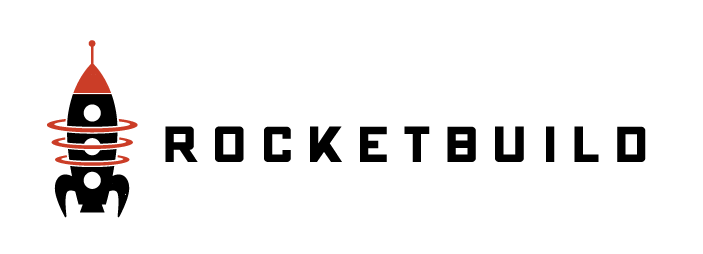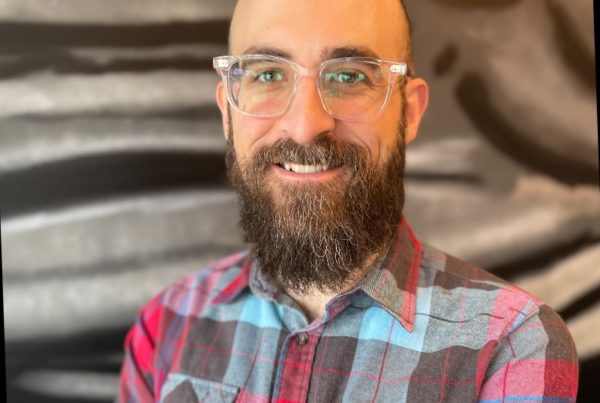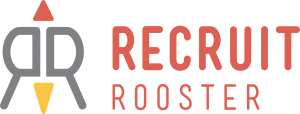In our Tech Expedition Series, we talk with RocketBuild’s Flight Crew to share a behind-the-scenes look at taking innovative tech products from idea to launch.
We interview our own team of consultants, architects, and engineers on all things related to planning, prototyping, and coding applications. In this edition Tyler, John, and Caleb recap the expedition our team underwent to create an impactful new home health care technology solution for Duett.
Tyler Poling, Senior Director of Technical Solutions
John Justice, Senior UI Developer
Caleb Francis, Director of Engineering
Q&A
Q: Why did Duett engage RocketBuild?
Tyler Poling: Originally the Duett team consisted of two employees of CICOA who had developed a basic working version of what would eventually become the Duett application. They had a great idea and already some buy-in from users and wanted to turn it into a fully built web-based application. After meeting with each other, we knew they had a great idea and wanted to be a part of helping them get off the ground.
Q: Duett is partly owned by Central Indiana nonprofit CICOA Aging & In-Home Solutions. Why is the launch of Duett an important milestone for CICOA, and how is the product related to the nonprofit?
Tyler Poling: Duett is a concept that’s unique to helping CICOA expand into the greater market. It provides a much easier way for care managers and patients to determine and receive in-home care without all of the unknowns and delays that were previously seen with care requests.
Q: What role did research, discovery, and planning play in this partnership?
Tyler Poling: We were able to take a concept that was already working to some extent and expand upon that. We worked with the client to translate their ideas into a working prototype that was then tested by their team to ensure it was usable by their general audience. From there, we assisted them in making adjustments to prep it for a public launch.
John Justice: Research and discovery sessions kicked off with the stakeholders at Duett along with representatives from CICOA. We then scheduled weekly meetings with the client team to uncover requirements, define personas, and start wireframing. The design system was built based on a series of user-flows that were determined by defining the personas and user stories with Duett. We then provided clickable prototypes for testing and used these to refine the app experience before development. By presenting prototypes to potential users we were able to get feedback used to iterate and improve the experience.
Caleb Francis: Planning out features with the Duett team was a great experience. Their expectations were always reasonable and they did a great job thinking through ideas in real time. We would often bounce ideas around in our check-ins.
Q: How did RocketBuild collaborate with the Duett team?
Tyler Poling: We worked with them from every aspect of requirement gathering, UI/UX design, and development. We met weekly to discuss details and then eventually work through the development phase — solutioning together and testing to ensure a smooth delivery.
John Justice: RocketBuild prides itself on being a communicative design and development partner. We communicated mainly over slack, often screen-sharing and utilizing Figma to collect, discern, and design a solution to home health care scheduling.
Caleb Francis: Every week we met up (on Zoom of course!) to talk through priorities and plan out features. The Duett team has a great sense for product development and knew when to invest time up front and when to gather more data. This made them a great partner and had a big impact on the quality of the final product.
Q: What were the main items that the client team was focused on and why?
Tyler Poling: The team really wanted to create a product that was intuitive and innovative but basic enough that users could ramp up quickly when using it. They also wanted to ensure that the product would be easy to expand upon for future growth.
John Justice: The main items that we spent a lot of time considering were: list of patients, connecting patients to provider, care requests, managing members, patient communication with care managers, and alerts for care managers and providers
Caleb Francis: They were uniquely focused on logical workflows and efficiency. By that I mean they worked with us to find the most valuable work for the time we had until launch to make sure everything in the MVP was high quality.
Q: What was the concept behind the design system?
John Justice: The concept for the system was designed entirely around quick access to a large amount of information. By creating a modular, flexible interface we were able to provide data and rapid interaction with volunteering and approving requests.
Q: What were the most important considerations when creating the user interface?
John Justice:
- Easy to discern lists allowing for filterable details
- Overview of available patients to providers with the ability for care managers to manage all users
- Limited visibility of patient data and location limited to local zip code
- Alerts to notify care managers of potential patient/care provider matches and providers successful matches with patients
Q: How was the design reviewed and validated before proceeding with development?
John Justice: Logo and branding were done by external talent and were then implemented into the designs. Multiple variations of the dashboard screens and component layouts were presented to the client and the chosen design was broken into components to be reused throughout the app design system.
A clickable prototype was provided to Duett and was used to refine the app experience before development, as well as a presentation tool to attract potential users. This was a great way to get feedback and was used to iterate and improve the experience. Once we had sign-off on the design, the prototype was used as a basis for development.
Q: What was unique about developing this product that you haven’t encountered before?
Caleb Francis: The Duett platform had some unique filtering requirements for the dashboard. The end result from a long night of optimizing led to some very cool databases filtering.
Q: Duett has plans to start locally, then aims to grow nationally. How is the technology built with scalability in mind?
Caleb Francis: There are a couple important factors here. First, the app’s authorization and data filtering is set up to be easy to expand. As they grow the product and add more users and features, the app will be ready to adapt to the changing requirements. And you can’t talk about scale without talking about infrastructure. The React frontend is served over the Amazon CloudFront, so it can be configured to quickly serve the app wherever their users are. The Django backend is served on Elastic Beanstalk which handles load balancing. Scaling horizontally to meet their growing demand is as simple as changing a few settings in AWS.
Q: What did the development team learn throughout the process of developing this project?
Caleb Francis: We learned a lot about planning out Single Page Applications. There are more moving parts when you separate the front and back end of an application. Getting things ready in the right order can make building SPAs a lot of fun, getting things wrong can introduce bugs and wastes time. This project was an opportunity to try some new processes we’ve built from previous projects and I think it paid off.









